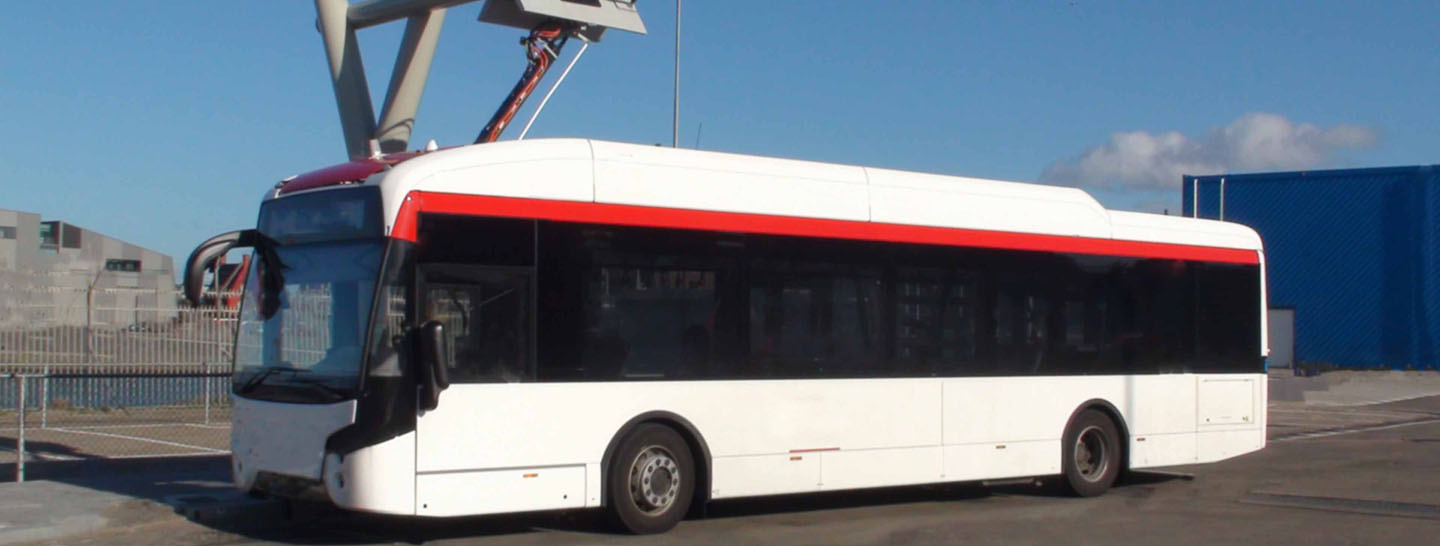For DER.OS to function properly, a revenue grade meter must be installed to monitor the power flow of each energy asset. As a result, all DER.OS solar-plus- storage projects require an Enel X approved meter on both the PV and BESS systems. Enel X has a current approved vendor list (AVL) and continues to work with partners on expanding this list.
PV Inverter Compatibility
DER.OS must be used with compatible devices when communication or control of the devices is required. For a solar-plus-storage project, DER.OS requires the site meter, BESS and PV meter to be sourced from the Enel X AVL. In addition, if PV curtailment is required, then the PV inverter also must be from the Enel X AVL.
Network Requirements
DER.OS requires an internet connection to connect the site devices to the DER.OS cloud. Internet communication requirements are flexible to meet project needs, including options for Enel X supplied internet or customer supplied internet. The standard option is for Enel X to supply an internet modem. If a customer prefers to supply their own internet, Enel X’s project engineers can work with the customer to create a custom solution.
Interconnection Approach
Interconnection requirements vary by project and
by region. The Enel X field engineering team has extensive experience in interconnection and can recommend the most effective approach to achieving interconnection success. Enel X will review partners’ BESS interconnection applications and provide feed- back for the most efficient and effective process.












